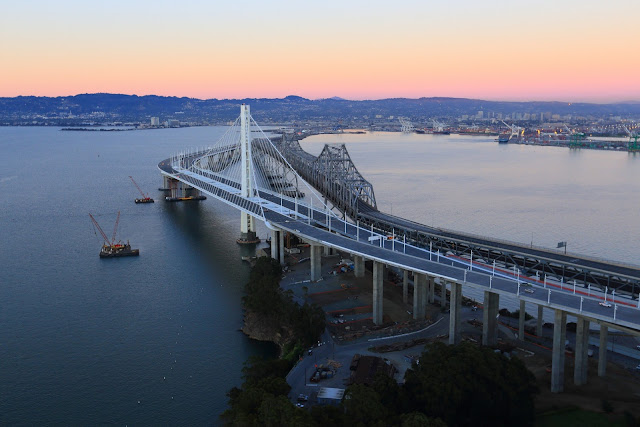Polyurea and Polyurethane the effects of moisture, abrasion, corrosion, and chemical attack.
Concrete is the most broadly used building material in the world, due to its versatility, sturdiness, and its simplicity that makes it simple to use. But it is also susceptible to producing irregular cracks, which swiftly convert to arteries for water, chemicals, and other foreign substances to seep into. Concrete is also permeable, which leads to some dilemmas, depending on the environment. In freeze-thaw climate cycles, water deploys enormous force as it increases, leading to fractures and breaking up of the material. Over a period, this damage can cause severe and threatening problems, including the total collapse of structures like parking garages and viaducts. A simple and effective method to address many of these concerns is with concrete coatings.
Polyurea vs. Polyurethane
Polyurea and Polyurethane coatings are perfect for shielding concrete against the effects of moisture, abrasion, corrosion, and chemical attack. Both coating systems are derived from the response of a resin blend and an isocyanate component. Polyurethane technology is around 80 years old and extends an ideal trade-off between cost and value. However, a vital limiting factor is polyurethane’s sensitivity to temperatures under 32ºF and to humidity during administration, which can lead to welts below the coating. Issues like these spurred the development of today’s polyurea spray technology.
Polyurea spray coatings can be employed in a broader range of conditions and survive in harsher environments. Unlike polyurethanes, polyureas are not susceptible to humidity and can endure shallow temperatures (-20ºF) during administration while preserving desirable characteristics like abrasion resistance, high cure speed, water resistance, and ability to withstand many chemicals. Polyurea is especially suited for coating concrete in construction applications, such as roof repairs, car park decks, and bridges, where the spraying environment often changes from day to day. Also, significant developments have been made in spray equipment, with separate temperature settings for both components, variable rate settings, and easy monitoring of application parameters.
Multi-Coat Systems
The accelerated cure time of polyurea spray coatings (sometimes within 10 sec of mixing and applying) contributes to their high defense to humidity. This rate, however, can impede the adhesion of the coating to concrete because it doesn’t let the coat soak in to tiny crevices before setting. One way to address this predicament is with a multi-coat operation. This policy involves an epoxy-based primer formed to wick into the permeable concrete exterior, which in turn gives a tenacious connection between the fast-set polyurea spray coating and the substrate. This primer also reduces air bubbles and suppresses moisture from wicking to the exterior and creating pin holes in the coating.
Depending on the coating specifications, an intermediary or second polyurea coat might be required to fill holidays, such as pin holes, voids or cracks, which may have been missed on the first coat. In summation, an aliphatic polyurea or polyaspartic prime coat is advised where color permanence and UV stability is needed. Multi-coat systems also provide the final product to preserve the advantages of fast reactivity, water insensitivity, low-temperature curing and other physical characteristics of polyurea coatings.
Case Study: San Mateo-Hayward Bridge Expansion
A high-profile design that included a multi-coat polyurea arrangement is the San Mateo-Hayward Bridge Widening Project. The three year, $200 million project attached much-needed lanes to the heavily traveled seven mile bridge. A major obstacle was locating a polyurea coating system that could be applied to 3.2 million sq ft of precast concrete. Stipulations from the California Department of Transportation (Caltrans) required a 60-mil coating system that could be applied anytime year round, withstand the San Francisco Bay Area’s varying temperatures and humidity, and have a 125-year life span.
The project started with precast concrete slabs that were sandblasted in preparation for coating. The three-part coating system included an epoxy primer, an intermediate high-build aromatic polyurea spray, and a polyaspartic aliphatic polyurea top coat. The primer fills holes, cracks, and provides an optimal surface for adhesion of the next coat. The 50-mil-thick aromatic polyurea delivers excellent chemical resistance and thermal stability. Finally, the polyaspartic aliphatic polyurea top coat has low film thickness and provides color stability because of its exceptional resistance to UV and weathering.
The San Mateo-Hayward Bridge Widening was finished ahead of schedule and under budget in September 2002. Caltrans’ minimum specifications and expected performance were exceeded in regards to the physical properties of the polyurea coating. As such, this project’s achievement has opened doors for future large-scale polyurea coating projects throughout the globe.


